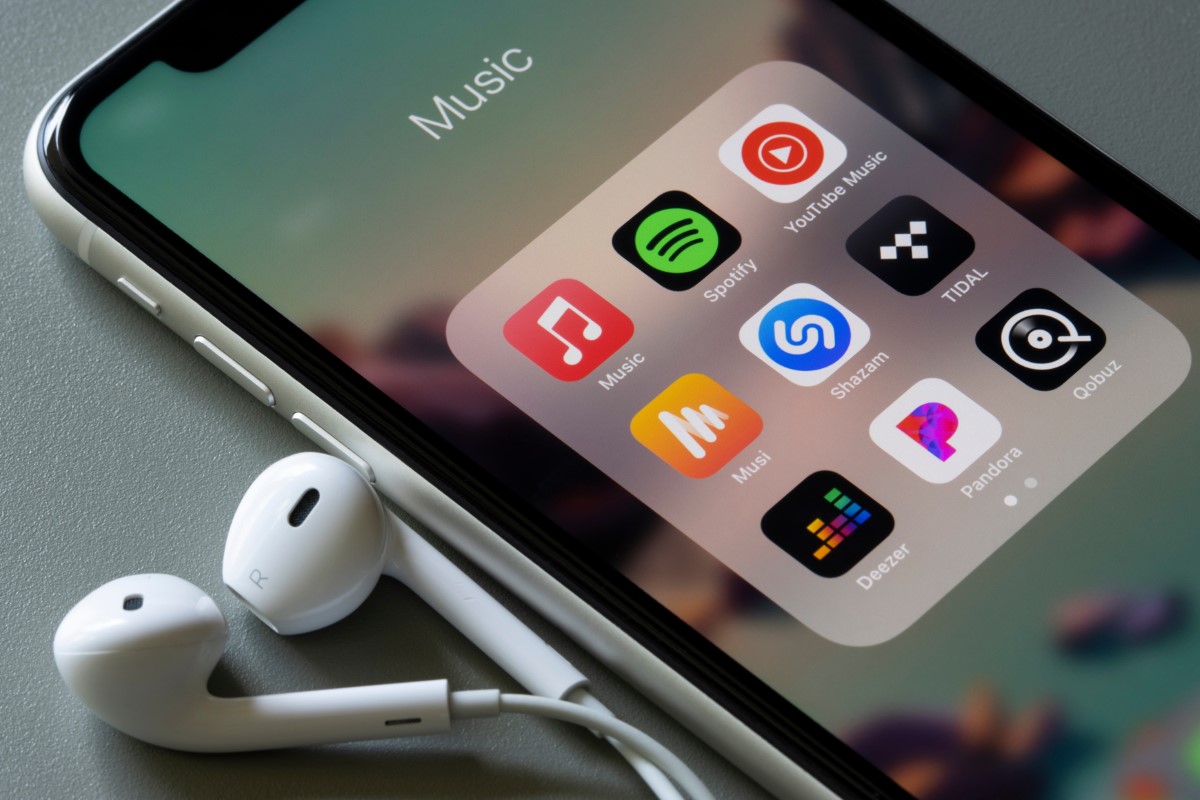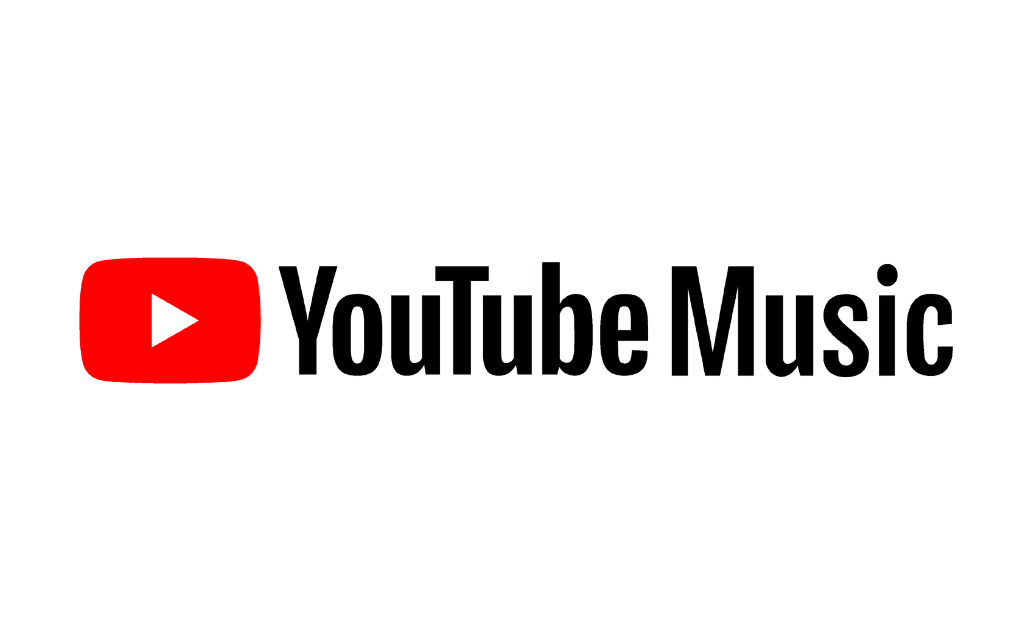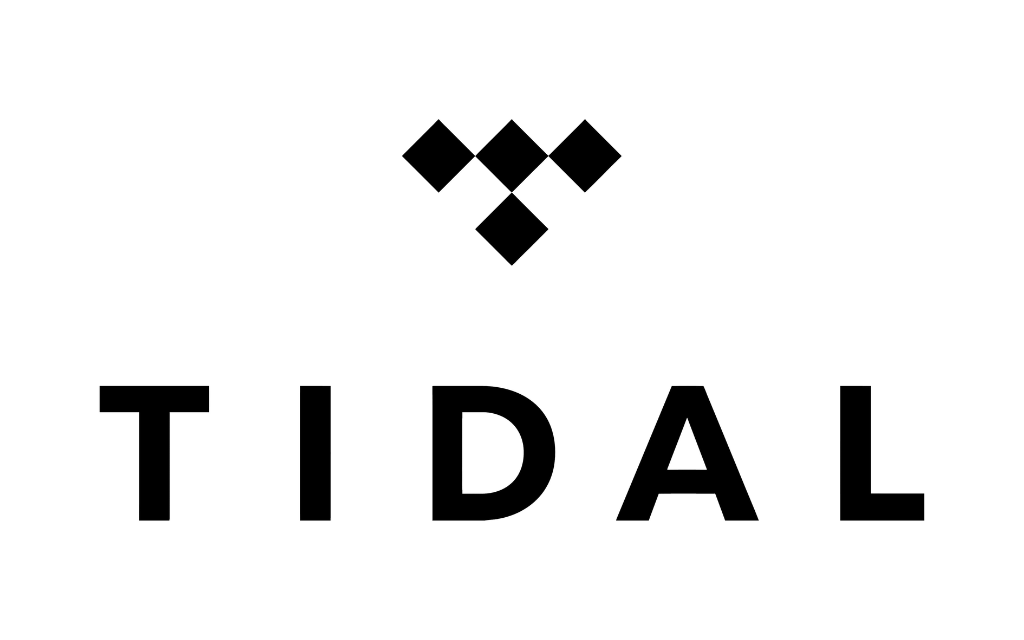The short answer is no, we cannot claim one music streaming service to be the “best.” But what we can talk about is some of the best music streaming services and what makes them good for artists. That’s what this article will cover.
Music Career Finder
Survey Start
The Best Music Streaming Service For Indie Musicians (2022)

- Introduction
- Can We Say One Streaming Service Is the Best?
- The Best Music Streaming Services by Number of Paying Users
- Spotify
- Apple Music
- Amazon Music
- YouTube Music
- Deezer
- Pandora
- SoundCloud
- TIDAL
- How To Distribute Your Music To Music Streaming Services
“Best” is a slippery word.
So in the context of this article, the term “best music streaming service” is in relation to which streaming platforms are best for independent musicians. Spoiler: you, the artist, should distribute your music to all of the platforms. By doing this, you’re ensuring your music is ubiquitous and you’re not leaving money on the table.
Can We Say One Streaming Service Is the Best?
The Best Music Streaming Services by Number of Paying Users
Let’s look at some of the best music streaming services for indie musicians. These platforms have the most paying listeners and are also available in multiple, most, or all countries.
These are the streaming platforms where your music needs to be because they’re the places most people stream music. But these platforms are the bare minimum. I suggest you distribute your music to every service you can.
Spotify

- Number of paying listeners: 188 million
- Average payout per stream: $0.003–$0.005
- Artist dashboard rating: 5/5
Spotify is an artist favorite, but why? It’s not because of the per-stream payout – they have one of the lowest in the industry. The reason many artists focus on building their Spotify following is for a few reasons:
- Most listeners use Spotify
- The artist dashboard gives you lots of detailed metrics
- Spotify playlists can help expand your reach
Apple Music

- Number of paying listeners: 88 million
- Average payout per stream: $0.01
- Artist dashboard rating: 4/5
Apple Music offers one of the best average per-stream payout and has the second highest number of subscribers. Plus, they recently updated their artist dashboard, providing a lot more stats and making it more user-friendly. Additionally, Apple Music users can make playlists, which are a great way for your music to spread.
Amazon Music

- Number of paying users: 55+ million
- Average payout per stream: $0.004
- Artist dashboard rating: 5/5
Although Amazon Music often gets overshadowed by Spotify and Apple Music, it’s still a top contender. For example, it has one of the coolest artist dashboards. You can see the same types of stats that Spotify and Apple Music provide (like number of streams, listener location, followers, etc.), but you can also see how many people requested your song or artist name via Alexa, how many superfans you have, and you can add an audio introduction to your newest release.
YouTube Music

- Number of paying users: 50+ million
- Average payout per stream: $0.008
- Artist dashboard rating: N/A (available only to qualifying artists)
Although not every artist can access the YouTube Music artist dashboard, you can still create a free YouTube account where you can post your music. If you distribute your music to YouTube via a distributor, you can find and add those official releases to your own public playlists – this can make it more convenient for your subscribers to stream your music.
Deezer

- Number of paying users: 9+ million
- Average payout per stream: $0.0064
- Artist dashboard rating: 3/5 (you must request access)
Although Deezer’s user base seems tiny compared to the aforementioned platforms, 9 million paying users is not a small number. The unique thing about Deezer is that it implements a user-centric payment system, which means the royalties generated by a listener’s streams in a month go to the artists they streamed. This is different from the royalty-pooling method most other streaming services use.
Pandora

- Number of paying users: 6.3 million
- Average payout per stream: $0.0013
- Artist dashboard rating: N/A (you must request access)
Pandora is different in that it’s focused on giving users genre-specific radio stations. However, users can also listen to individual songs (after hearing an ad for non-paid accounts). The biggest downside of Pandora is the average per-stream rate, which is the lowest out of the platforms on this list.
SoundCloud

- Number of paying users: estimated 1.7 million
- Average payout per stream: $0.003
- Artist dashboard rating: 3/5
Like Deezer, SoundCloud uses a user-centric payment system. Because of this, the per-stream payout can vary widely depending on if you, the artist, have a Pro account, if the listener is using a paid account, and how many other songs/artists that listener has streamed that pay period. Also, the backend stats are quite limited, but you can get more info if you upgrade to a paid artist account.
TIDAL

- Number of paying users: estimated ~1 million
- Average payout per stream: $0.012
- Artist dashboard rating: N/A (you must request access to their beta community)
The main thing that makes TIDAL unique is that it boasts higher quality audio than the other streaming platforms. So TIDAL seems to be targeted to a subset listener group, those who regularly listen to music on studio-quality headphones or speakers. This may be the reason for its low subscriber count – the average listener won’t fuss over a slight different in sound quality. The good news is, they pay artists about a penny per stream, which is one of the best average payouts in the industry.
Hey, what do you think about trying our new Music Career HelperMusic Career Helper really quick? It’s totally free and could help get your career moving fast! Give it a try. It’s totally free and you have nothing to lose.
How To Distribute Your Music To Music Streaming Services
There’s a simple and affordable way to deliver your music to all of the above music streaming services (except for SoundCloud, which you upload directly to): a digital distributor. A digital distributor has a relationship with some or all of the streaming platforms, and the streaming platforms only accept music submissions from distributors.
To learn the basics of how to distribute your music, read our guide here. For an in-depth look at every single digital distributor and their features, check out this article.